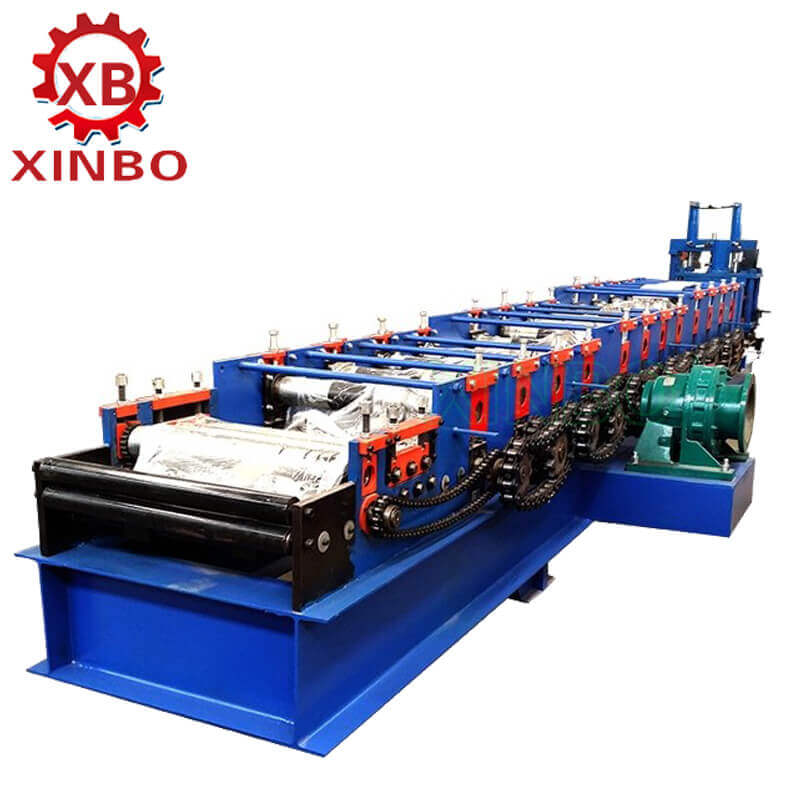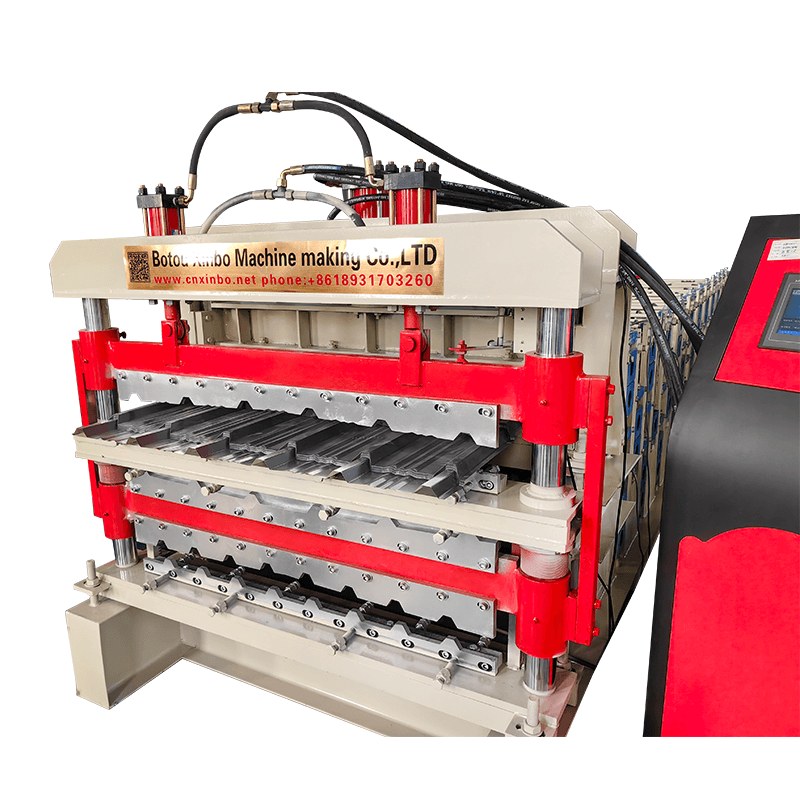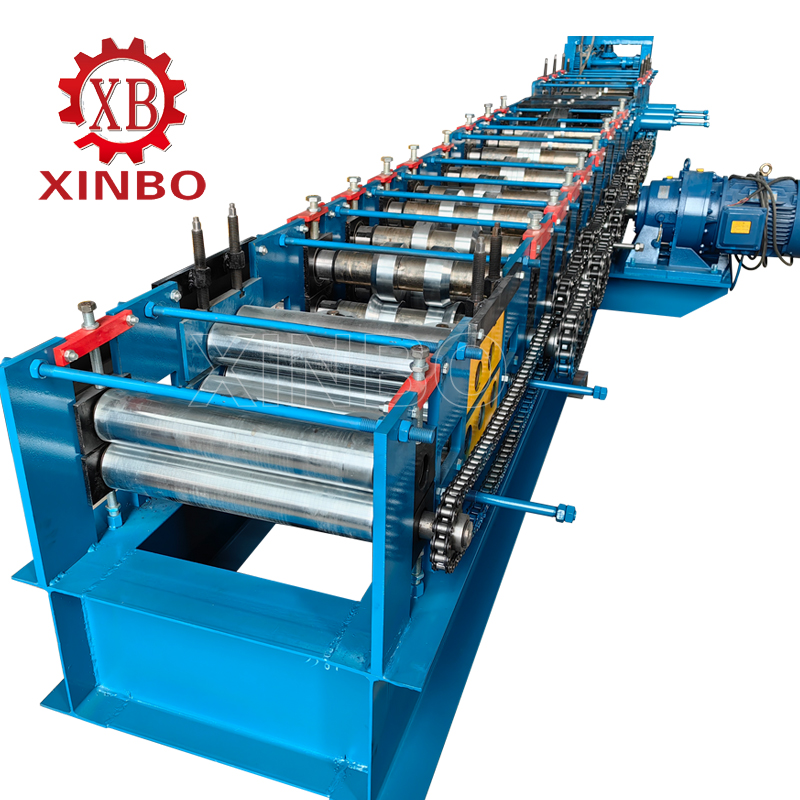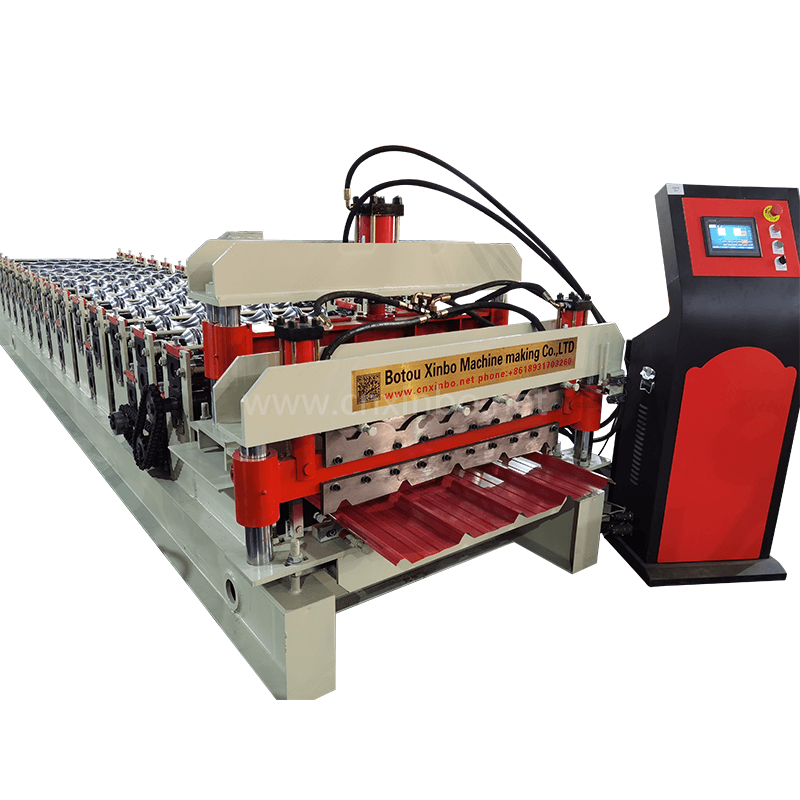What Are the Advantages of Roll Forming?
In modern steel production, the choice of forming process has a crucial impact on product quality, efficiency and cost control. Among various forming methods, roll forming is favored for its unique advantages. So, what are the significant advantages of roll forming steel? The following will perform an in-depth analysis from different perspectives.
High precision processing of steel
Roll forming can realize the high precision processing of steel. Rolling process, steel in the roller under the precise control of the gradual deformation, its size and shape can be accurately controlled. This high-precision processing can not only meet the design requirements of complex parts, but also ensure the interchangeability and consistency between parts.

Improvement of strength and hardness
Roll forming can significantly improve the strength and hardness of steel. In the rolling process, the steel is subjected to strong extrusion and extension, its internal grain is refined, the material becomes more dense. This change results in a significant increase in the strength and hardness of the steel, helping improve the durability of the product.
Operability
Roll forming machines are ahead of other forming methods in terms of operability. They are often equipped with advanced control systems and automated operations that require minimal training for operators to master. Since the roll forming process does not require much auxiliary equipment or labor, production costs can be significantly reduced. This high-efficiency, low-cost production method makes roll forming has obvious advantages in the market competition.
Processing of complex cross-section steel
Roll forming excels in the processing of steel with complex cross-sections. For steel with complex cross-section, traditional processing methods are often difficult to cope with. Roll forming, on the other hand, is able to accurately process steel with complex cross-sections by designing different rollers and molds. This broadens the range of steel applications and offers more possibilities for product design.
High productivity
Compared to other molding methods, roll forming machines are able to produce large quantities of products in a short period of time. It has the high speed and production capacity to meet the demand for large quantities of products for construction projects.
Wide adaptability to materials
Different types and thicknesses of steel can be effectively processed by adjusting rolling parameters and changing rollers. This wide adaptability makes roll forming able to meet the processing needs of different industries and different products, and has a wide range of application prospects.
Optimization of the steel surface
It is worth mentioning that roll forming can also realize the optimization of the steel surface during processing. The friction between the rollers and the steel can remove the oxide skin and impurities on the surface, making the steel surface more polished and flat. This surface optimization can greatly improve the appearance quality of the product.
Energy saving and environmental protection
In addition, roll forming has the advantage of energy saving and environmental protection. Since the roll forming process does not require the use of large amounts of cutting fluids and coolants, it can significantly reduce the generation and emission of waste fluids. At the same time, the energy consumption of roll forming is also relatively low, which helps to reduce the operating costs of enterprises and reduce the impact on the environment.
Potential challenges
Of course, roll forming of steel has some potential challenges, such as roller wear and equipment maintenance. However, these issues can be effectively addressed through proper design and material selection, and regular maintenance and servicing. Therefore, roll forming is still a forming method with significant advantages in the field of steel processing.
In conclusion, the process of roll forming steel presents numerous advantages, such as high-precision processing capabilities, amplified material strength and hardness, adaptability to intricate cross-sectional processing and notably efficient cost-effectiveness. Furthermore, it provides extensive compatibility to diverse requirements coupled with surface optimization features while simultaneously ensuring an energy conserving and eco-friendly approach. These merits position roll forming as a vastly applicable technology in the realm of steel processing with substantial prospects for advancement.

Xinbo offers a wide range of roll forming machines, including U Channel Roll Forming Machine, CZ Channel Roll Forming Machine, Purlin Roll Forming Machine and Floor Sheet Roll Forming Machine. All of these roll forming machines are quantifiable to efficiently produce products of various sizes and shapes. Xinbo’s roll forming machines are widely used in the construction industry and provide reliable solutions for construction projects.
In the practical deployment, it is essential to judiciously select suitable rolling parameters and roller designs that correlate with explicit processing requirements and material properties. Simultaneously, diligent maintenance and meticulous repair of equipment is a critical step to preserve consistent roll forming results while prolonging machinery lifespan.
Additionally, through ceaseless technological reinvention alongside process optimization techniques, we can boost both precision and efficiency in roll forming processes. An ancillary impact includes reduced manufacturing expenses further enhancing contributions towards steel processing industry advancement.
To sum up, steel roll forming – an influential approach presenting substantive advantages is progressively gaining prominence within contemporary industrial sectors. The exigency now lies in leveraging its potential benefits optimally coupled with perpetual innovation as well as augmentation of roll-forming technology acclimatizing to multifaceted profiling needs amid unpredictable market swings.
Related Posts

Good quality
XinBo machine making CO. LTD is a professional manufacturer and exporter in roll forming machine,
VIEW MORE→

 Spanish
Spanish Russia
Russia








